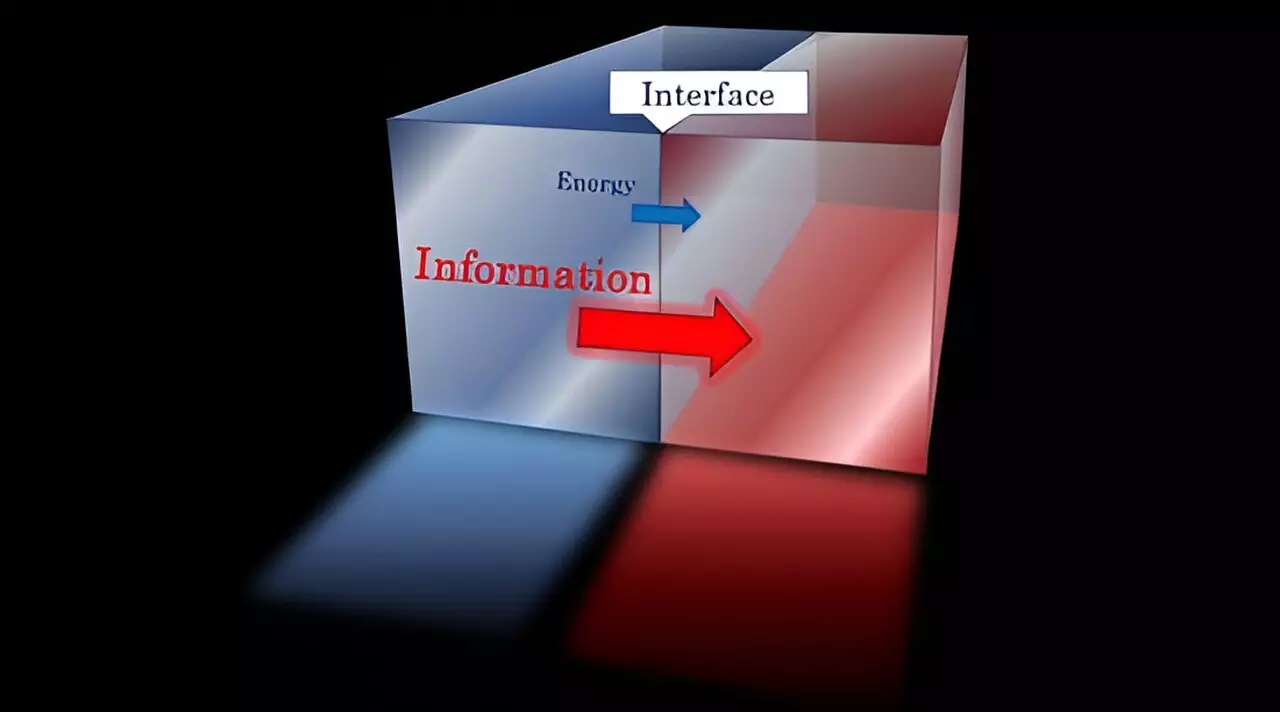In the realm of quantum physics, the interface between disparate quantum field theories plays a pivotal role, influencing both particle physics and condensed matter research. Recent findings from an international team of researchers have illuminated a surprisingly elegant relationship governing energy and information transmission across these interfaces. Their groundbreaking study, published in *Physical Review Letters* on August 30, highlights a fundamental interplay that, until now, had remained largely elusive in theoretical physics.
A collaborative effort led by prominent physicists Hirosi Ooguri from the Kavli Institute for the Physics and Mathematics of the Universe and Fred Kavli at the California Institute of Technology has yielded significant insights into the interaction between energy transfer rates, information transfer rates, and the Hilbert space’s size. Specifically, the researchers establish a set of universal inequalities among these key quantities for two-dimensional theories marked by scale invariance. This groundbreaking work articulates that the energy transmittance must always be less than or equal to the information transmittance, which in turn must be less than or equal to the size of the Hilbert space.
What does this mean in practical terms? The implications are profound. The established inequalities suggest a fundamental protocol: for energy to be transmitted efficiently, a corresponding flow of information is a prerequisite. This relationship underscores a deeper understanding of quantum theories—indicating that without an adequately expansive Hilbert space, both energy and information transfer would be compromised. This could mean, for applications spanning quantum computing to fundamental particle interactions, that understanding the dimensionality of Hilbert space could help optimize energy transfers.
Moreover, the researchers convincingly argue that no stronger inequalities can exist, solidifying the framework within which scientists can approach quantum field theory problems. The previously nebulous landscape of trying to quantify these energies and information pathways has become more navigable, presenting new avenues for inquiry and application.
This work breaks new ground because calculating the transmission rates of energy and information across various interfaces has long been steeped in complexity and ambiguity. The prior absence of a clear relationship between these vital quantities posed significant hurdles for physicists. Consequently, this new finding, while seemingly simple, provides a pivotal foundation, addressing both a scientific and theoretical gap that has persisted for decades.
The recent discovery of a straightforward and elegant relationship between energy and information transmission in quantum field theories marks a transformative moment in modern physics. As scientists continue to explore these interfaces, the study not only enhances theoretical understanding but also could influence the practical applications in emerging quantum technologies. The clarity provided by these inequalities serves as both a guiding principle and an invitation for further exploration, as physicists decipher the enigmatic rules governing the quantum world. The future of quantum research, fueled by these revelations, promises to be as profound as it is illuminating.


Leave a Reply